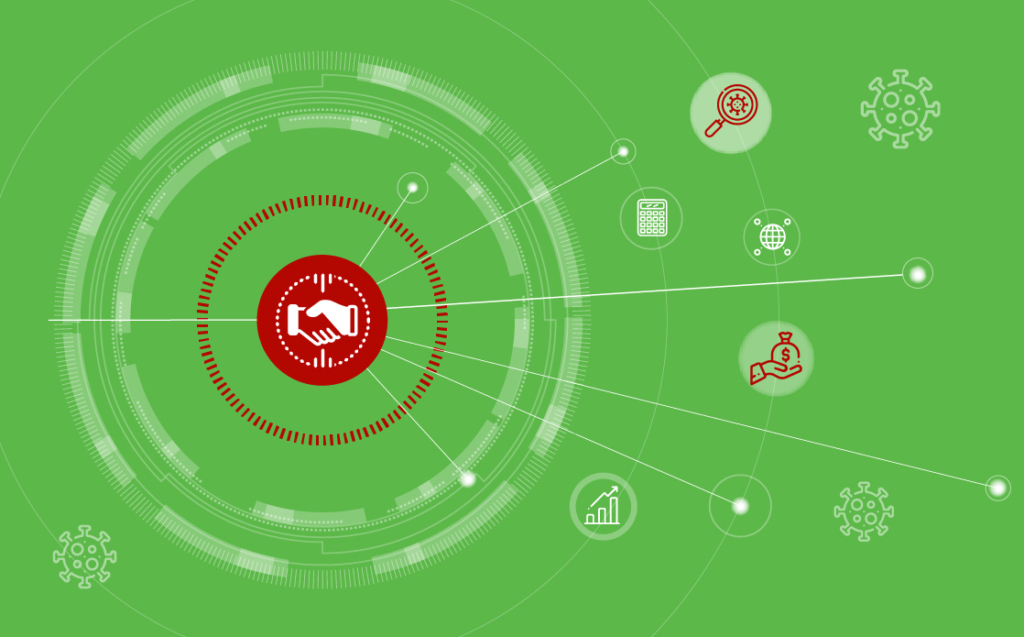Policy Dialogue - Contingent liabilities management post COVID-19

Managing government cash (explicit financial assets) and government debt (explicit financial liabilities) either in their integrated or separated form may be considered long standing tasks of public financial management in their main domain of public debt management with the cross-cutting risk management, which gradually emerged since the past few financial crises as an important tool to quantify debt and cash management objectives.
However, managing (or mismanaging) contingent liabilities (explicit or implicit) arising beyond the central and/or general government with or without the underlying risk management has seen many countries come under close scrutiny and receive negative publicity as a consequence of that. The challenges posed by COVID-19 in managing public finances globally in the last two to three years may warrant going back briefly to the description of government’s financial obligations of which contingent liabilities are a part and how these differ across categories.
Through the Policy Dialogue on contingent liabilities management post COVID-19, CABRI aimed to document recent and ongoing practices in two East African countries over and above the a set of case studies previously produced by CABRI on practices of managing contingent liabilities in Western Africa (looking at a number of countries) and Southern Africa (only South Africa). Key lessons on how to further strengthen the legal, institutional, quantitative, monitoring and reporting structures/framework of contingent liability management were shared with public debt managers in Africa.
